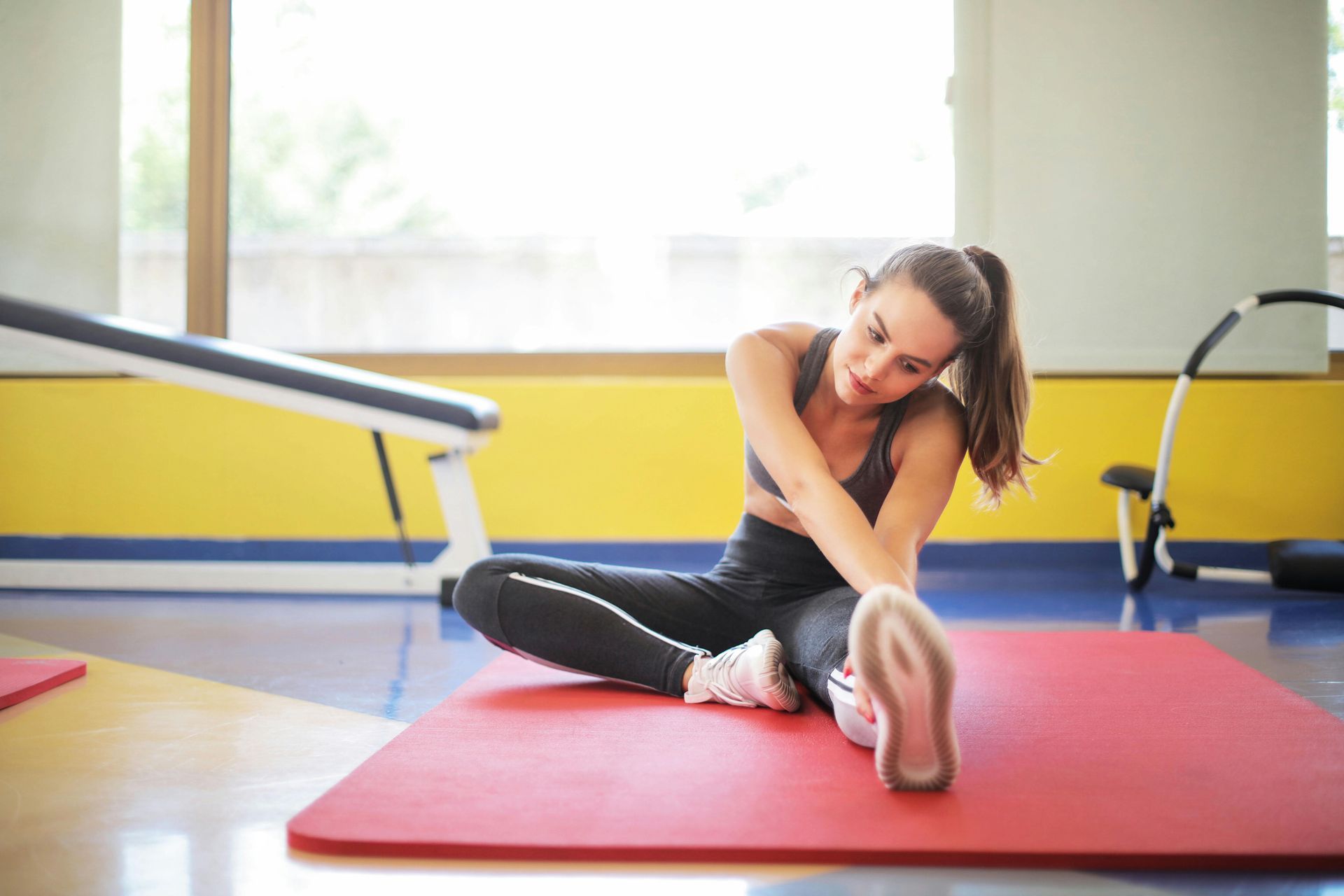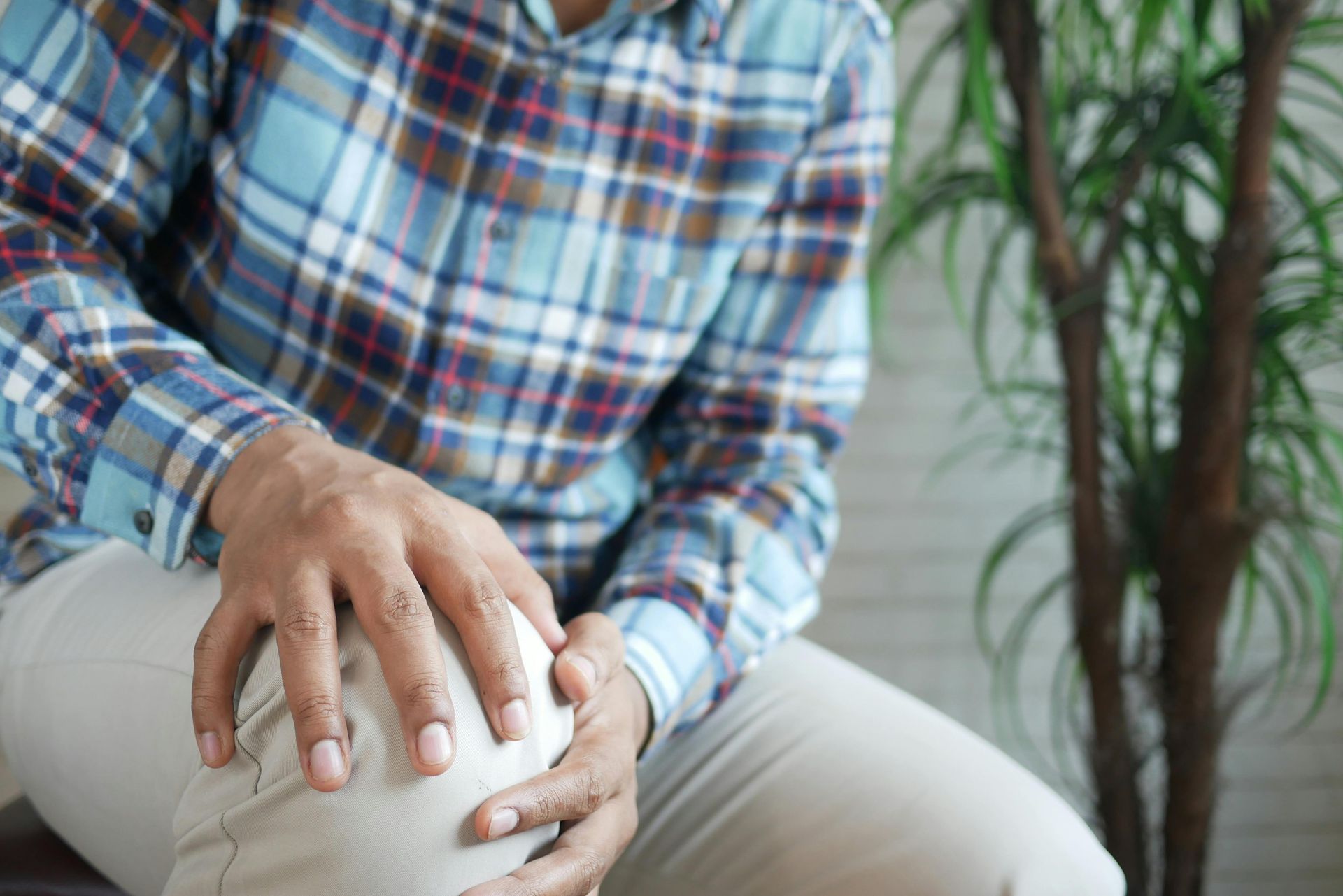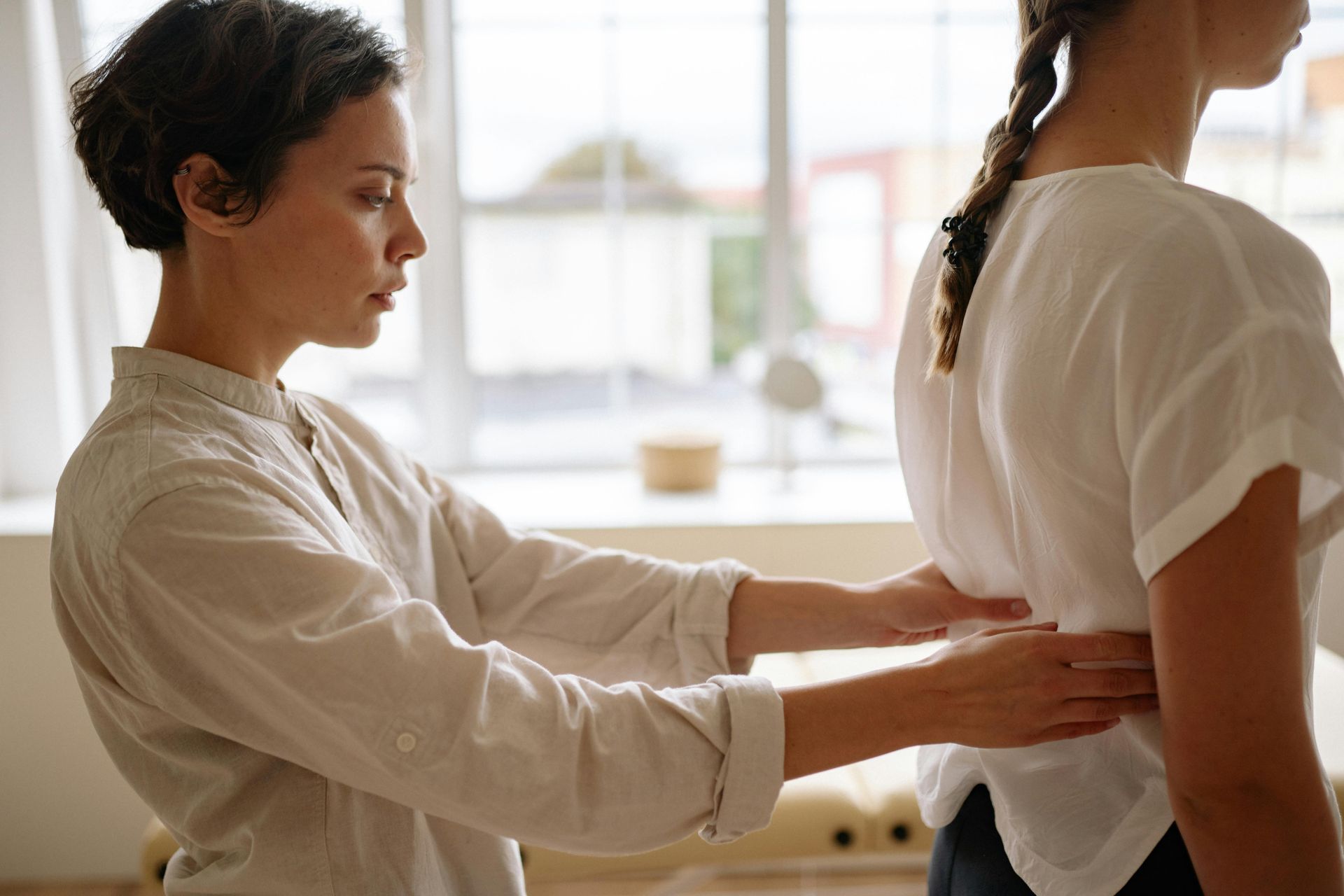The Importance of Children Wearing Backpacks Correctly: A Guide for Parents
Essential Tips for Properly Wearing Backpacks for Comfort and Safety.
In today’s fast-paced world, children are often seen carrying backpacks filled with books, lunchboxes, and personal items. While these backpacks are essential for their daily routines, how they wear them is equally important. Ensuring that children wear backpacks correctly can significantly impact their health and comfort. In this blog post, we’ll explore why it’s crucial for children to wear backpacks properly and offer practical tips for parents to ensure their little ones are carrying their gear in a safe and ergonomic way.
Why Correct Backpack Usage Matters
1. Prevents Postural Problems
Improper backpack use can lead to poor posture, which can have long-term consequences. When a backpack is worn incorrectly, it can cause the child to lean forward or slouch, potentially leading to back and shoulder pain. Ensuring that a backpack is worn correctly helps maintain proper spinal alignment and can prevent the development of musculoskeletal issues.
2. Reduces Risk of Injury
Heavy backpacks, especially when worn incorrectly, can strain a child’s back and shoulders. Studies have shown that backpacks that are too heavy or poorly adjusted can contribute to spinal misalignment and discomfort. By following proper backpack-wearing techniques, you can minimize the risk of injury and help keep your child comfortable throughout the school day.
3. Enhances Comfort and Functionality
A well-fitted backpack is not only more comfortable but also more functional. When a backpack is adjusted to fit a child’s body correctly, it distributes the weight more evenly, reducing strain on specific areas. This can make carrying the backpack easier and more enjoyable, allowing children to focus on their studies and activities rather than discomfort.
Tips for Ensuring Correct Backpack Usage
1. Choose the Right Size
Selecting the right-sized backpack is the first step. The backpack should be proportionate to your child’s size, ideally not exceeding the width of their torso or the length of their back. A backpack that is too large or too small can cause discomfort and imbalance.
2. Adjust the Straps
Ensure that the shoulder straps are adjusted so that the backpack sits comfortably on your child’s back. The straps should be snug but not tight, and the backpack should rest in the middle of the back rather than hanging too low. The top of the backpack should be no higher than the top of the shoulders and no lower than the lower back.
3. Use Both Straps
Encourage your child to use both shoulder straps rather than slinging the backpack over one shoulder. Wearing both straps evenly distributes the weight and helps prevent uneven strain on one side of the body.
4. Pack Smart
Help your child pack their backpack wisely. Heavier items should be placed closest to the back and centered to distribute weight evenly. This not only makes the backpack easier to carry but also helps maintain balance and stability.
5. Regularly Check the Load
Monitor the contents of your child’s backpack to ensure it’s not overloaded. A general rule of thumb is that the backpack should weigh no more than 10-15% of your child’s body weight. Regularly checking the load and making adjustments can prevent overloading and ensure that the backpack remains manageable.
Conclusion
Ensuring that children wear their backpacks correctly is crucial for their health, comfort, and overall well-being. By choosing the right size, adjusting the straps properly, using both straps, packing wisely, and regularly checking the load, parents can help their children carry their backpacks in a way that minimizes strain and promotes good posture. By following these guidelines, you can make sure your child’s backpack is a helpful tool rather than a source of discomfort. Remember, a well-fitted backpack not only enhances your child’s daily school experience but also contributes to their long-term health and comfort.









